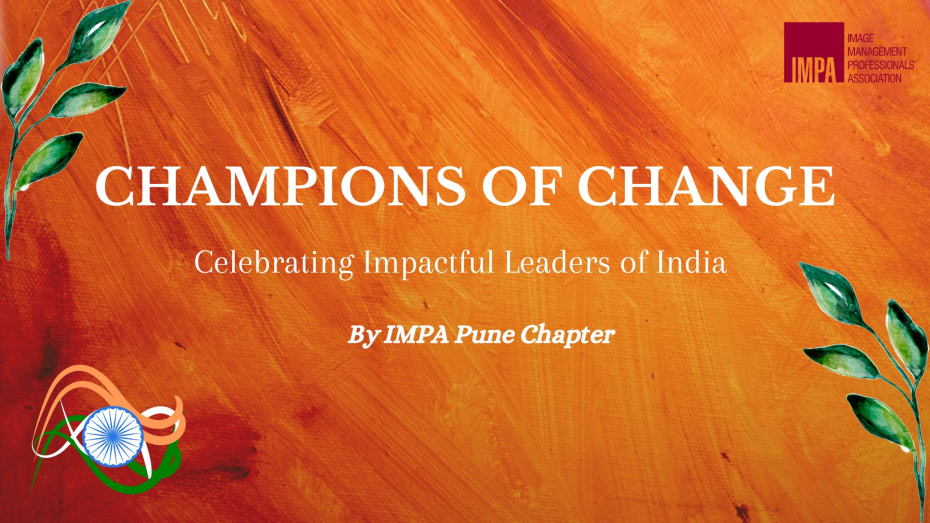
In the vibrant tapestry of India's history, certain names shine brighter than the rest - the Champions of Change who forged a path towards freedom, justice, and progress. Their indomitable spirits and unwavering commitment have left an indelible mark on our nation's narrative. As we look back in admiration at their contributions, we also find inspiration to mold our present and future.
The IMPA Pune Chapter, a dynamic force driven by a shared passion for personal development, has undertaken a unique and transformative initiative. We have embarked on a journey to bridge the timeless values of our nation's heroes with the contemporary landscape of soft skills and image management. This endeavor is not just a tribute to the past; it's a harmonious blend of historical reverence and modern relevance.
|
Netaji Subhash Chandra Bose, a fierce defiant nationalist, who has left a mark in the history of the Indian freedom struggle, is still revered proudly. Netaji was an intelligent and well-read scholar who qualified for Indian Civil Services but refused to work under British officers. The unusual drive, charisma and visionary leadership of Bose brought INA into existence, and he inspired many youth to awaken and actively participate in the struggle for freedom. Netaji was an extremely enthusiastic, disciplined, and selfless leader which he exhibited with his strong dressing, crisp uniform, and spectacles, and not to be left out is his cap. His personality showed a strong command over his army, his cool mindedness helped him take correct judgment and his high risk-taking capability made him take extreme measures to demolish the British authority in India. He has set an example for our future leaders to tread the path of patriotism. |
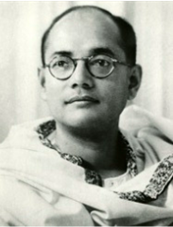 |
| “Jai Hind” Netaji Subhash Chandra Bose |
|
| Sardar Vallabhbhai Patel wore his attire with a lot of simplicity and poise, making it easy to connect him to the masses. Wearing only shades of white, beige, and brown and smartly combining his Nehru jacket with a crisp Dhoti, he was able to showcase an authority which is looked unto even today! He very carefully combined his interpersonal skills along with his choice of clothing so that the message of fight with nonviolence was felt through his appearance itself! His facial expressions denoted humility, leadership, administrative skills, and authority, which made him a trustworthy figure by his Image only. If you manage to pull out his pic online, his personal style and paralinguistic will leave you awestruck for sure! | 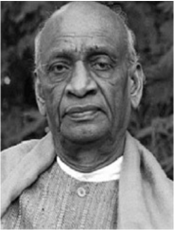 |
| Bipin Chandra Pal was a freedom fighter who is often remembered for his fiery speeches and passionate writings. Pal is one of the great personalities who played a major role in laying the foundation of India's Independence Movement. He was a part of the famous Lal-Bal-Pal (Lala Lajpat Rai, Balgangadhar Tilak and Bipin Chandra Pal) trio. He was also a gifted orator, and his speeches were often packed with people eager to hear his words. Pal also had a very expressive face. His eyes were often piercing and intense, and his lips were often curled into a determined or even angry expression. This gave him a very commanding presence, which was no doubt effective in his speeches and writings. Overall, Bipin Chandra Pal's image was one of a passionate and fiery freedom fighter. His hair, his eyes, and his lips all contributed to this image, and they helped to make him one of the most memorable figures of the Indian independence movement. Fearlessness was the power of his thoughts. Bipin Chandra Pal, who worked for the national interest throughout his life, went to heaven on May 20, 1932, at the feet of Mother India, renouncing all his life. | 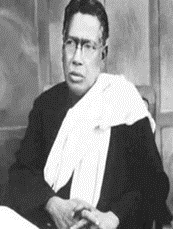 |
| Bal Gangadhar Tilak was an Indian nationalist, teacher & an independence activist. The British colonial authorities called him "The father of Indian unrest." He was also conferred with the title of "Lokmanya", which means "accepted by the people as their leader." Lokmanya Tilak's personality is very elevated and imposing. Very tall, dark complexion, oval face, compact eyes that adorn his face with thick moustache. This massive personality of Tilak left an effective impact socially in Swadeshi movement. In the 20th century, he launched the Swadeshi movement which was a direct fallout of the decision of the British India government to partition Bengal. The use of Swadeshi goods & the boycott of foreign-made goods were the two main objectives of this movement. This movement had a great impact on society because of the commanding attire of Tilak. His noble attire of slouchy kurta, dhoti & golden-red colored zari edges pancha on the kurta is a symbol of Marathi culture. Moreover, Puneri pagadi (turban) is a symbol of honor which made his personality more magnificent and epic. He conveyed the message of preserving the culture n use of Swadeshi goods with his massive attire! He truly walked the talk as a leader! | 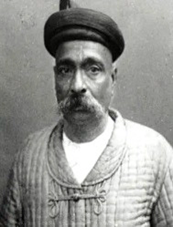 |
| Nehruji was the first prime minister of India from 1947 to 1964. He was known as the most stylish and fashionable political leader. To make his look classy he always wore a jacket over a plain shirt or kurta and wore a red rose on the jacket. This style is still evergreen. Nehruji always wore black shoes and a watch with all his outfits. His dressing style always had a positive impact on people. He always set high values and modern ways of life. Nehruji’s leadership, vision and dedication to the nation are admired. He was highly respected throughout the world as a politician and a great orator. He is considered as one of the most effective and charming leaders in Indian History. | 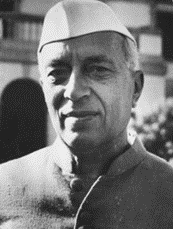 |
| Dr. B. R. Ambedkar was one of the chief architects who created the Indian constitution, fondly called Babasaheb Ambedkar. He was a multifaceted personality- Buddhist activist, historian, political leader, scholar, economist, writer, orator, anthropologist, philosopher, jurist, and editor. His name will be remembered with respect in the history of India for not only contributing towards the Indian constitution but also for his leadership, women empowerment, and empathy towards Dalits. It was his life’s endeavor to uplift Dalits. He believed that education and economic empowerment were essential for their upliftment and worked towards their inclusion in society. He was also vocal for women’s rights and gender equality. There can’t be a bigger example of compassion than Babasaheb Ambedkar who empowered crores of people-be it Dalit, aggrieved, exploited, deprived, or marginalized. Despite of the fact that he died 67 years ago, millions of Dalits worldwide still worship him. To Ambedkar, basic human rights, and adequate representation of the vulnerable minority, that is, ‘Dalits’, was significant to carve out the Indian nation. | 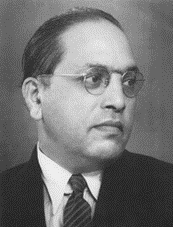 |
| Manikarnika, The Queen of Jhansi, fondly remembered as Rani Laxmibai, has inspired many & continues to do so even today, for the fight she put up against the British by portraying immense courage, strength & patriotism. While she was unaware of what was in store for her ahead of her childhood, she was interestingly & unknowingly trained for it mentally as well as physically. The death of her mother while she was a toddler, homeschooling, early marriage to practicing sword fighting, shooting & horsemanship were just a few of Rani Laxmibai’s learnings, amongst many others that she had to experience as a child. All of these helped her to cope with the untimely death of her husband, raise her son as a single mother and fight for her people & province from the British, all at the same time. As an image consultant, I cannot ignore the fact that she in her very own way practiced the concepts of image management through her appearance, behavior, communication & soft skills all of which were beautifully adapted by her based on her various roles, goals & occasions. Her positive self-image was a product of the confidence, belief & trust that she had in herself and through her powerful appearance & communication she built the same in her army of warriors which included women too! This Independence Day, let us pay our tribute & respect to her by applying some of the noteworthy learnings from her life, in our day-to-day lives. Let us fight and not surrender until we win our respective battles. | 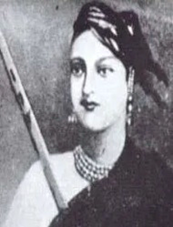 |
| Lala Lajpat Rai, a stalwart of India's struggle for independence, embodies a potent blend of unwavering determination and charismatic image. His resolute spirit ignited the flames of patriotism, while his distinctive attire spoke volumes about his leadership. Rai's traditional Indian clothing, including the kurta-pajama and turban, not only showcased his cultural pride but also symbolized unity with the masses. As an image consultant, it's fascinating to note how Rai's attire seamlessly intertwined with his ideals. His clothing choices weren't mere fashion; they were statements of self-reliance, mirroring his endorsement of indigenous textiles during the Swadeshi Movement. Rai's lionhearted demeanor while donning these garments reflected courage and persistence, leaving an enduring impact on the collective psyche of the nation. This Independence Day let's not only commemorate Rai's invaluable contributions to India's freedom but also recognize the strategic image he projected. A harmonious blend of traditional attire and resolute leadership, his legacy serves as a timeless source of inspiration, reminding us of the profound connection between image and influence. | 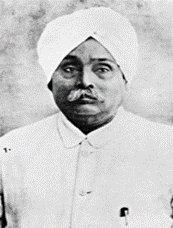 |
| Mahatma Gandhi, a prominent leader in India's struggle for independence, was known for his unique approach to Image management. While he did not have access to modern tools and technologies, he was highly effective in shaping and projecting his image through various strategies. Gandhi's attire, which included a simple loincloth and shawl, became a symbol of his commitment to the ideals of simplicity and poverty. This attire represented his identification with the common people and his rejection of materialistic values. Gandhi was also a very skilled communicator and used various forms of media to spread his message. He wrote extensively, using newspapers, pamphlets, and letters to communicate his views. His writings helped in shaping his image as a thoughtful and principled leader. Gandhi's image management was characterized by his unwavering commitment to his principles, his ability to communicate effectively, and his strategic use of symbolism and actions to convey his message. His image as a humble, dedicated, and principled leader played a significant role in mobilizing public support and garnering international attention for India's independence movement. | 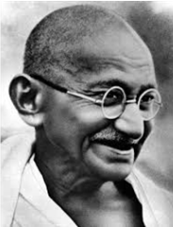 |
| Annie Besabt was a British activist who played a vital role in India's fight for freedom. She believed Indians deserved self-rule hence inspired people through speeches, writings, and the Home Rule Movement, aiming to unite Hindus and Muslims for independence. Her dedication and support made her a key figure in India's journey to freedom. Leadership, Emotional Intelligence, Empathy, cultural understanding, communication, conflict Resolution and social reform are some of the most essential soft skills which we can learn from her. Her clothing choices evolved over time, and she was wise enough to dress herself according to the 4 A’s of dressing (Appropriate, Authentic, Attractive and Affordable). She transitioned from Victorian styles (corsets, long dresses, gowns etc.) to embracing Indian attire like saris, which reflected her commitment to Indian culture and her role as a social and political activist. Her clothing as well as her beliefs and values conveyed her dedication to causes, practicality, and her desire to connect with the people she advocated for. This is something which we can learn from her as well. | 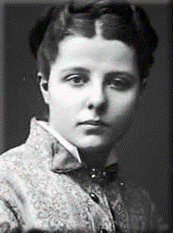 |
| Sarojini Naidu, known as the "Nightingale of India," was a visionary leader who seamlessly embodied elegance and eloquence. Her impeccable personal style, adorned with graceful sarees and refined accessories, reflected her poetic soul and celebrated India's cultural heritage. As a leader, Sarojini Naidu mastered the art of balancing tradition and modernity, empowering women and inspiring the masses through her impassioned speeches and writings. With her dignified presence and poetic charm, Sarojini Naidu's image management transcended boundaries, leaving an indelible mark on India's struggle for independence. She exemplified the power of personal style, leveraging her refined appearance to connect with people from all walks of life. Her eloquent communication style and genuine warmth projected an authentic and approachable leadership, inspiring loyalty and trust among her followers. Sarojini Naidu's ability to craft her image as a blend of tradition and modernity made her an iconic symbol of unity, paving the way for future generations of female leaders. Her legacy as a champion of change and her poetic elegance continue to resonate and inspire even today. | 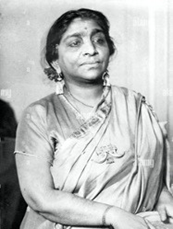 |